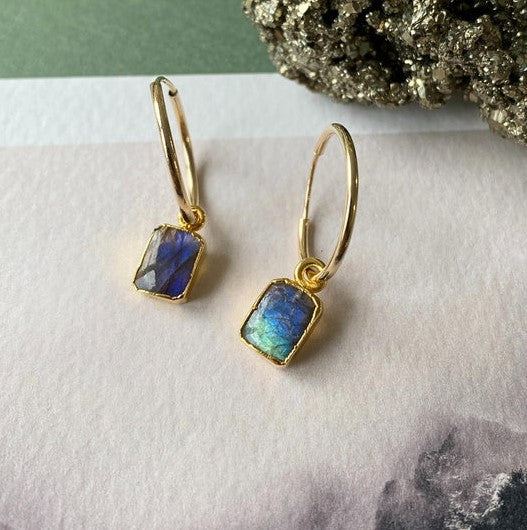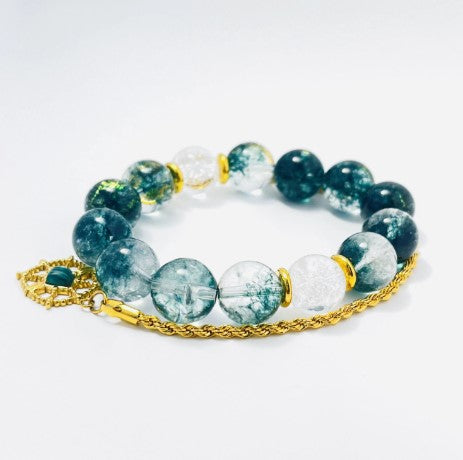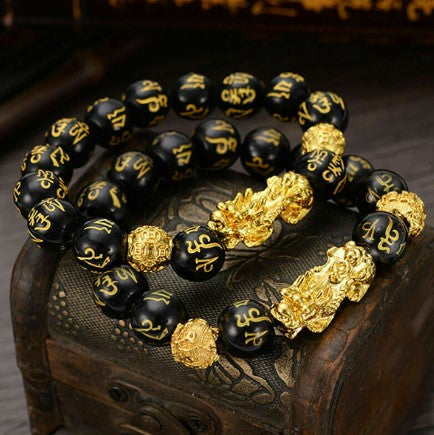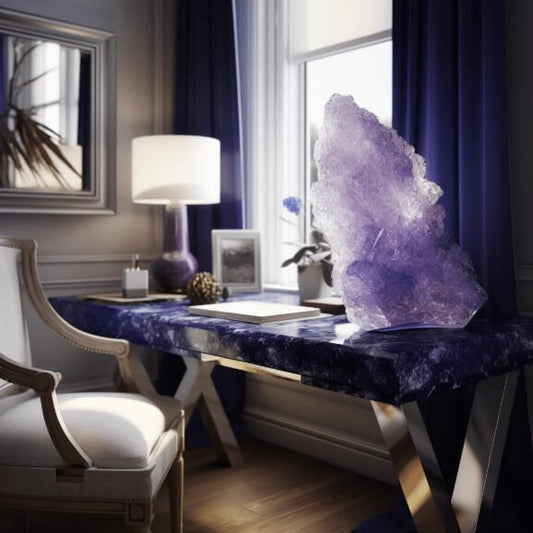The Five Elements: Unlocking The Ancient Secrets Of Balance And Harmony
The Five Elements—Wood, Fire, Earth, Metal, and Water—are at the heart of traditional Chinese philosophy and the practice of feng shui. These elements are believed to represent different forces in nature that interact with one another to create balance and harmony. By understanding how these elements work together, we can align our personal energy with the natural world, leading to better health, prosperity, and well-being.
In this article, we’ll explore the Five Elements in detail, examining their characteristics, their role in feng shui, and how you can harness their energy to enhance your life. Whether you’re a feng shui practitioner or simply curious about how these ancient principles work, understanding the Five Elements can offer you a pathway to greater balance and harmony.
The Five Elements: An Overview
Each of the Five Elements represents a different aspect of nature and is associated with various attributes, including colors, shapes, seasons, emotions, and more. The elements are in constant interaction, either creating or controlling one another in a dynamic cycle that influences the energy flow in our surroundings and within ourselves.

1. Wood
- Characteristics: Growth, vitality, flexibility
- Colors: Green, brown
- Season: Spring
- Elemental Energy: Expanding, upward
- Emotion: Anger
- Body Area: Liver, gallbladder
Wood represents new beginnings, growth, and creativity. In feng shui, the Wood element is associated with vitality, expansion, and rejuvenation. It’s a symbol of life force and development. You can activate Wood energy in your home or office by adding plants, wooden furniture, and items that evoke the spirit of nature and growth.
2. Fire
- Characteristics: Passion, energy, transformation
- Colors: Red, orange, purple
- Season: Summer
- Elemental Energy: Rising, intense
- Emotion: Joy
- Body Area: Heart, small intestine
Fire symbolizes energy, transformation, and enthusiasm. It is the element of action and vitality, encouraging bold decisions and passion. The Fire element is ideal for invigorating spaces, such as living rooms or dining areas, where you want to inspire energy and connection. You can enhance Fire energy by incorporating red tones, candles, or a fireplace.
3. Earth
- Characteristics: Stability, nourishment, grounding
- Colors: Yellow, beige, brown
- Season: Late summer
- Elemental Energy: Centering, stabilizing
- Emotion: Worry
- Body Area: Stomach, pancreas
Earth represents stability, nourishment, and support. It is associated with being grounded, centered, and reliable. The Earth element is ideal for spaces where you want to feel secure and at ease, such as the bedroom or family room. Add earthen materials like ceramics, stone, or pottery to strengthen the Earth energy in these areas.
4. Metal
- Characteristics: Strength, clarity, precision
- Colors: White, silver, gold
- Season: Autumn
- Elemental Energy: Contracting, focusing
- Emotion: Grief
- Body Area: Lungs, large intestine
Metal symbolizes clarity, precision, and refinement. It is an element that helps clear away clutter and promotes mental clarity. To enhance Metal energy, incorporate items made of metal, such as metal frames, sculptures, or tools. The crisp, clean lines of Metal bring focus and order to your space.
5. Water
- Characteristics: Flow, intuition, wisdom
- Colors: Black, blue
- Season: Winter
- Elemental Energy: Flowing, downward
- Emotion: Fear
- Body Area: Kidneys, bladder
Water is associated with flow, adaptability, and the subconscious mind. It represents the ability to move through life with ease and grace. In feng shui, Water encourages abundance, creativity, and spiritual wisdom. You can incorporate Water energy through fountains, mirrors, or dark-colored accents to promote ease and flow.
The Interplay of the Five Elements
The Five Elements are not isolated; they interact with one another in a cycle of creation and control:
- Creation Cycle: Wood fuels Fire; Fire creates Earth (ash); Earth produces Metal; Metal carries Water (via condensation); Water nourishes Wood.
- Control Cycle: Wood controls Earth (through roots); Earth controls Water (through containment); Water controls Fire (extinguishing it); Fire controls Metal (melting it); Metal controls Wood (through tools).
Understanding these interactions allows you to harness the Five Elements effectively, creating a harmonious environment that supports your goals and well-being.
How to Use the Five Elements in Your Life
By understanding the Five Elements, you can make intentional changes to your surroundings to enhance your personal energy:
- For abundance and prosperity: Focus on Wood and Water elements.
- For health and vitality: Incorporate Earth and Fire elements.
- For clarity and focus: Emphasize Metal and Water elements.
- For balance and stability: Blend all five elements into your environment.
Conclusion: The Timeless Wisdom of the Five Elements
The Five Elements provide a profound framework for understanding the forces that shape our world. By aligning ourselves with these elements, we can cultivate harmony, balance, and prosperity in our lives. Whether you’re applying them in feng shui or simply using their principles to guide your actions, the Five Elements offer timeless wisdom that can help you achieve greater success, health, and peace.
The Five Elements: Unlocking The Ancient Secrets Of Balance And Harmony









